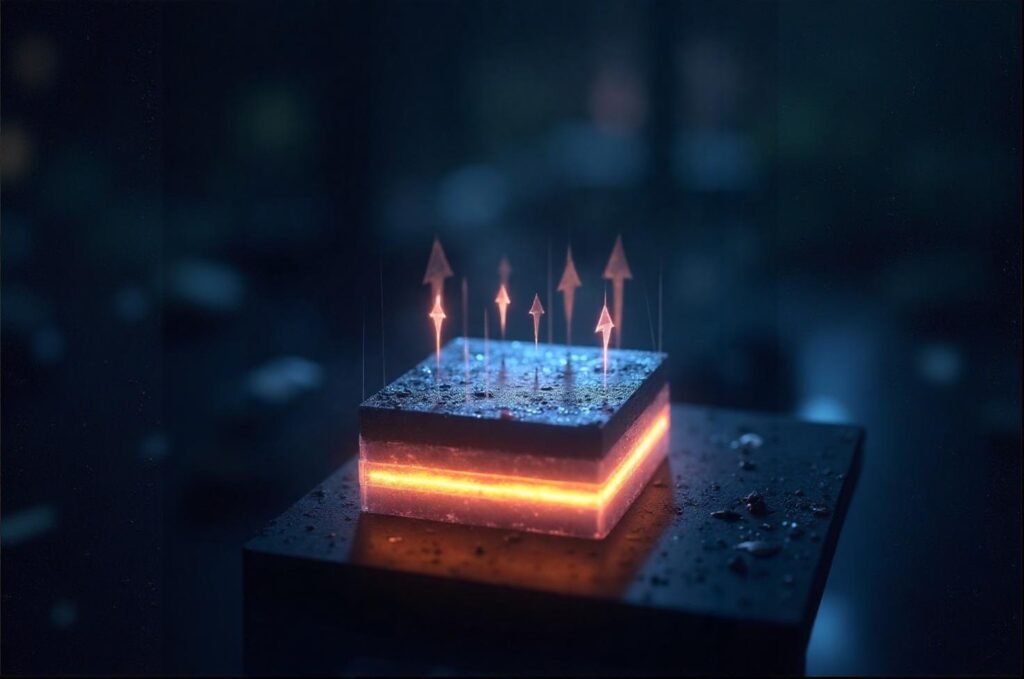A recent scientific publication from PEPEPRONI project partners at Helmholtz Zentrum Berlin (HZB) “Mimicking Outdoor Ion Migration in Perovskite Solar Cells: A Forward Bias, No-Light Accelerated Aging Approach”, has been spotlighted in the Scientific Highlights section of Nature Energy (access the article here), a prestigious acknowledgment of its significance to the research community.
The investigation, published in ACS Energy Letters (U. Erdil et al. DOI: 10.1021/acsenergylett.5c00376), tackles one of the key challenges in perovskite-based solar cells (PSCs) research: how to realistically simulate the long-term performance and degradation of PSCs without extensive outdoor testing. Traditional lab tests often fail to replicate the complex stressors solar cells experience in real-world conditions and commonly require illumination for weeks, which is expensive when scaled from lab to full-scale devices.
The HZB team introduces a novel accelerated ageing method that applies a forward bias in the dark, followed by dark storage, successfully reproducing ion migration-induced degradation effects observed after prolonged outdoor exposure. This approach offers a potentially easy-to-scale accelerated ageing protocol for perovskite PV.
This work not only enhances our understanding of perovskite stability but also aligns directly with the goals of the PEPEPRONI project, accelerating the development of durable, efficient, and scalable perovskite/silicon tandem solar cells and modules.



